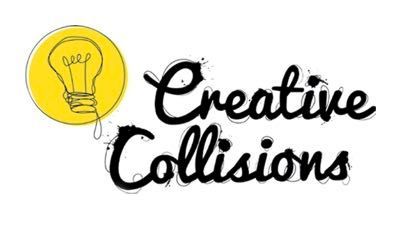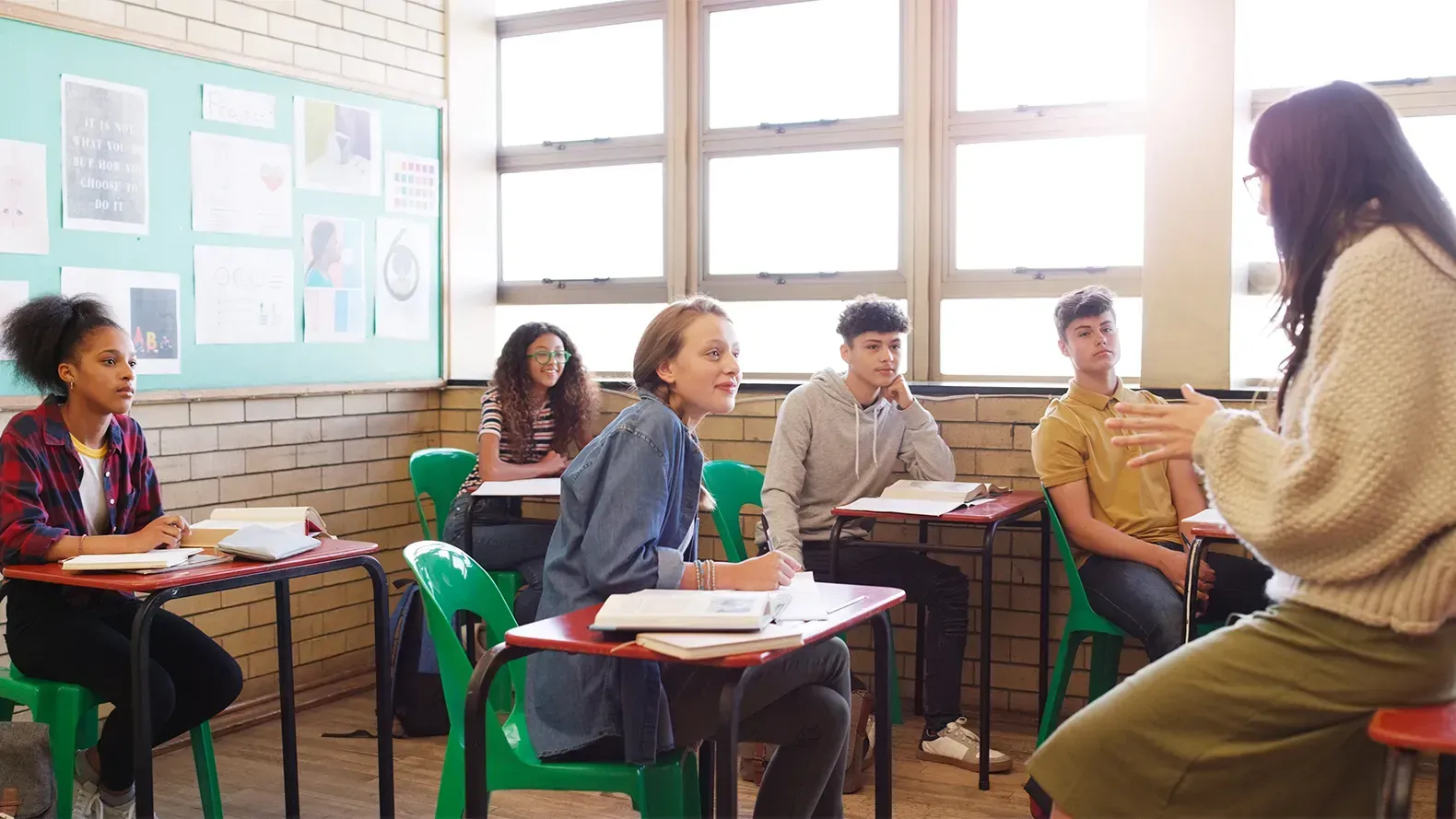Teaching Students to Ask Their Own Questions

"Knowing the answers will help you in school. Knowing how to question will help you in life."
– Warren Berger
In most high school classrooms, teachers do most of the talking. A study of student engagement revealed that, on average, teachers talk between 70-80% of the time in the upper grades, using teaching methods such as direct instruction, demonstrations, and asking students questions. Even the somewhat interactive Q&A process is dominated by teacher talk as teachers usually follow a discernable pattern where the teacher initiates a question, the students respond, and the teacher evaluates the response and usually builds upon it with detailed explanations. This pattern of classroom talk that consists of initiation, response, and evaluation is sometimes referred to as ‘IRE’ and is the cornerstone of most classroom dialogue (Meehan, 1979). Further, teacher talk increases as students progress through the grades and academic content becomes more specialized. Thus, by the time students enroll in college, the lecture approach becomes the defacto method of disseminating knowledge. The question then becomes, when teachers talk, who is doing the thinking? In other words, in many classrooms, teachers bear most of the cognitive load, allowing students to be passive recipients of the teacher’s instruction. However, this is beginning to change as university faculty, and k-12 teachers realize that direct instruction in many situations results in poor academic performance and achievement compared with active learning strategies. For example, a meta-analysis of 225 studies indicates that when professors utilize passive learning strategies such as lectures in undergraduate STEM classes, failure rates increase by 55 percent. Further, when university faculty used active approaches to teaching and learning, there were better overall grades and a 36 percent drop in class failure rates (Freeman et al., 2014). And according to a feature published in Harvard Magazine, university professors who engage in “active learning” strategies may be beginning to outnumber those that prefer direct instruction or the lectio approach that has been utilized in the halls of higher learning for over 600 years. This trend will continue as older professors with more traditional techniques retire and are replaced by younger ones who hold more progressive views of teaching and learning.
An excellent strategy to get students actively engaged in their learning is to teach them to ask their own questions. When students are taught to ask their own questions, they become active participants in their learning. Further, they are building a community of learners, which results in high cognitive demand, student agency, and growing students into independent thinkers and learners. For example, research suggests that when students are asked to generate questions at the beginning of a unit of study, they are likely to ask a question that comes from a genuine interest to understand and focus on a topic they care about (Scardamalia & Bereiter, 1992). Teachers can then leverage this knowledge of students into effective instruction that is both personal and relevant to the learner.
Teaching Strategy: In his best-selling book The Global Achievement Gap, Harvard University professor of education Tony Wagner interviewed numerous CEOs about the essential qualities they looked for in prospective employees. One key trait that came up repeatedly was workers’ ability to ask good questions. As Wagner put it, “problem-posing is more important than problem-solving.” This makes sense in a world where almost everyone has instant access to information through the internet and related technologies. As a result, agency is no longer being able to recall or even locate the correct answer. Instead, actual worth comes from creating new knowledge and ideas by asking good questions. There are three things that teachers can do to get their students to ask good questions.
1. Building a community of learners- As discussed, the teacher's primary goal is to create a classroom community in which student questions are expected. Further, students must have a supportive environment to learn so that students feel encouraged to take intellectual risks free from ridicule. In other words, students must feel emotionally safe to make mistakes and be vulnerable.
2. Develop students’ questioning skills by providing students with questioning stems. These stems could be displayed on the classroom walls, as handouts, or posted on a class website or learning management system. Teachers should model for their students how to use the stems throughout a lesson. Some popular question stems include Why is…?, Why did…?, How might…?, How did…?, Who should…?, When might…?, What if…?, Predict…?, Why do you think…?, Where might…?, In what ways…?, What do you think about…?, Why do you agree/disagree…?, What advice would you give…?, What would happen if…?, What caused…?, What are the pros and cons of…?, Do you agree that…? Explain.
3. Question evaluation checklist- Providing students with a protocol to evaluate their questions is an excellent strategy to generate good questions that pertain to the lesson at hand. Questions include:
· Is it connected to the topic?
· Is the question open-ended?
· Is the question straightforward?
· Does it promote student thinking?
4. Make student questions a part of every lesson- There are a variety of techniques and approaches that are excellent ways to prompt students to ask their own questions. The key here is to be intentional by providing students with time. Some popular strategies are:
· Think Pair Share-This is a classic teaching strategy in which the teacher poses a question to the class. The students are then given time to think about their responses individually and share their ideas with a neighbor. For purposes of generating questions, students could pose a question to their shoulder buddy using the questioning stems previously mentioned.
· 10 by 10- In this activity, teachers give students 10 minutes to generate 10 questions. This can be done individually or in small groups. Have students implement the question evaluation checklist for each question to ensure high-quality questions.
Visual & aural prompt-Provide students with a visual or auditory cue such as a picture, painting, illustration, political cartoon, video clip, song, or speech that in some way relates to the topic of the lesson. Have students generate questions in response to what they see or hear.











